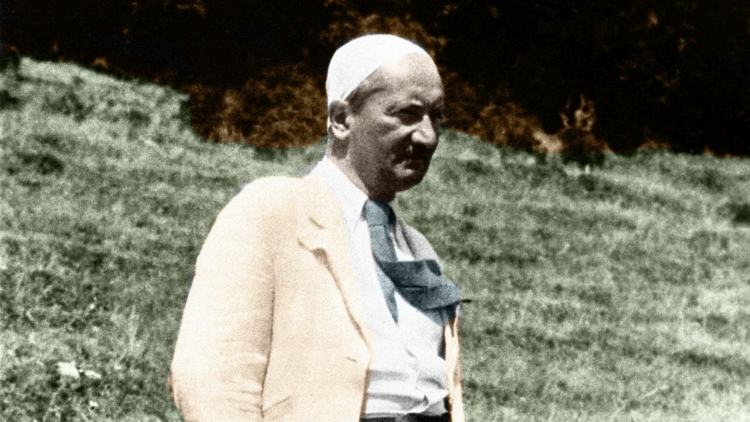Heideggerian Metaphysics

Martin Heidegger (1889–1976).
To be or not to be—what’s the difference? This question enthralled Martin Heidegger (pictured), who criticised contemporary Western philosophy for mistreating ‘existence’ as an abstraction—a nothing in an age of nihilism. But what was his solution?
Phenomenology
Let’s start with Edmund Husserl, of whom Heidegger was a student. Husserl attempted to ‘ground’ philosophy in the thinking subject.
Influenced by Descartes, Kant, and Hume, Husserl described the transcendental ego and framed the essential structures with which conscious phenomena correlate with worldly objects. Heidegger, however, refuted this approach. For how is it determined that we experience ‘things themselves’?
We cannot locate the world directly within mental representation; but we can return to it phenomenologically. To do that we must intertwine ourselves with the world such that we see things as they really are, indirectly, not simply as they appear to us. But there is a role we must play.
Dasein
Heidegger asked what mode of being the world constituted itself in, inverting the approach of his forefather, Husserl.
We are not infinite beings: we cannot understand things directly. Language is a logical system that speaks for us: it obscures the manifold meanings through which what-is (being) is predicated. Being in the world, therefore, has to occur indirectly through an entity: Dasein (‘being there’), the mode of being the world constituted itself in.
Humans manifest being by recognising the question of what it means to be. This comprehension of being is the hidden ground of all of Dasein’s relationships with the world as we seek to make intelligible sense of it.
Fate
Time is an essential concept here—not as clock-time but as a transcendental condition for an awareness of past (disposedness), present (fascination), and future (projection) to emerge. The world changes but by acknowledging history (heritage), realising finitude (lifespan), and anticipating, not merely expecting, destiny (death), we open ourselves up to ‘original truth’; propositional truth cannot be reduced to it. Detached from Dasein’s truth-making—facing possibility’s nothingness—we experience moods such as anxiety.
‘Dasein qua time temporalises its Being’, giving rise to an individualised and authentic self, a being-in-the-world through which projects are engaged, as the world discloses, though never completely, with interpretation (hermeneutics).
Thus Dasein is the way in which we are involved with the world. As philosopher John D. Caputo writes:
